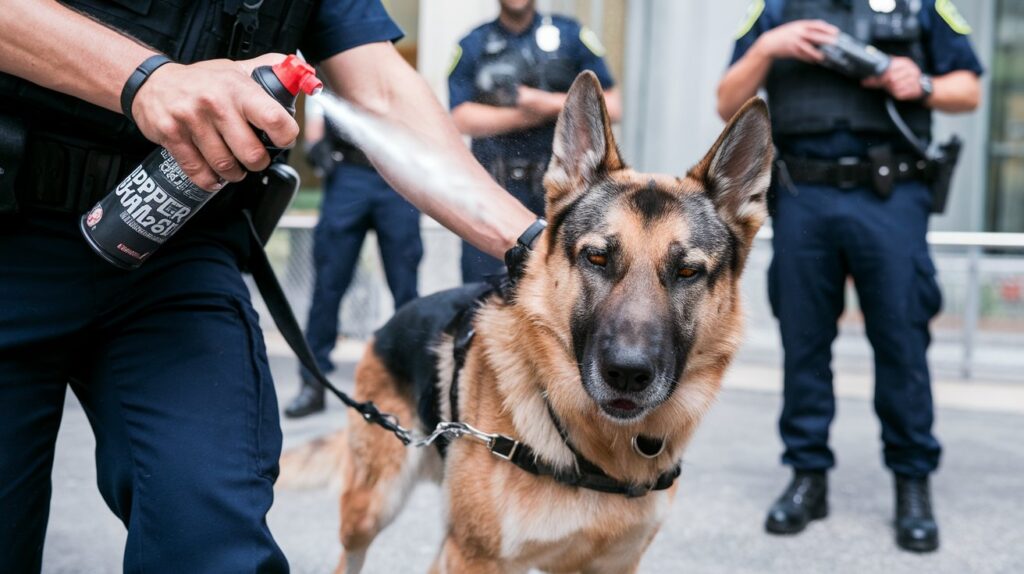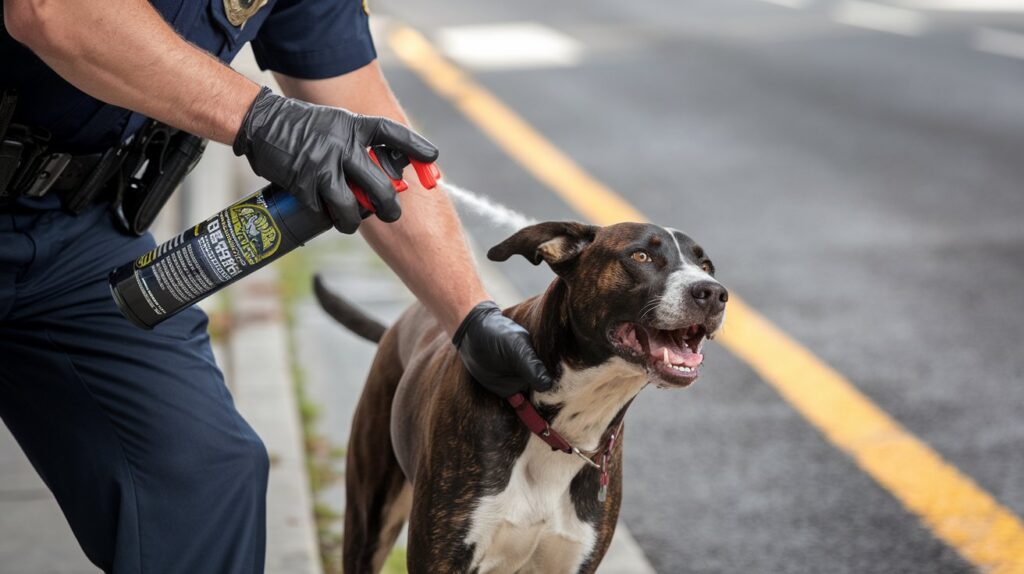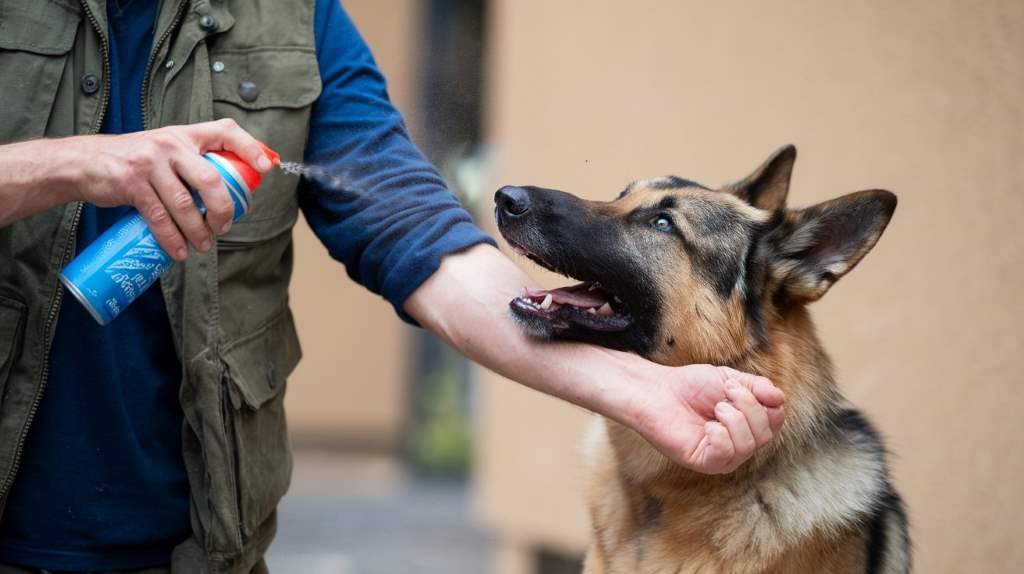Ever found yourself in a situation where an aggressive dog is charging at you? Scary, right? You might wonder if pepper spray could be your knight in shining armor. Well, you’re in the right place. In this guide, we’ll explore does pepper spray work on dogs, how to use it effectively, and the ethical considerations involved. Let’s dive in and find out if this little canister can really save the day.
Understanding Pepper Spray

What is Pepper Spray?
Pepper spray, also known as OC spray (oleoresin capsicum), is a self-defense tool designed to incapacitate an attacker by causing intense irritation to the eyes, skin, and respiratory system. It’s commonly used by law enforcement and civilians alike for personal protection.
How Does It Work?
When sprayed, pepper spray releases a fine mist of capsaicin, the active ingredient found in chili peppers. This substance causes a burning sensation, temporary blindness, difficulty breathing, and disorientation. It’s like getting a face full of the spiciest hot sauce imaginable.
Effectiveness of Pepper Spray on Dogs
Does It Really Work?
Yes, pepper spray can be effective on dogs. Dogs have a highly sensitive sense of smell, and the capsaicinoids in pepper spray can cause temporary blindness, difficulty breathing, and pain. This can give you time to escape or seek help. However, it’s important to note that the effects are temporary and generally do not cause long-term harm.
When to Use It
Pepper spray should only be used in situations where you feel threatened by an aggressive dog. It’s not meant for use on calm or non-threatening dogs. Using it inappropriately can be considered animal cruelty and may have legal consequences.
You might read also: How to Clean Dog Collars
Ethical Considerations
Is It Humane?
While pepper spray can cause significant discomfort, it is generally considered a humane way to deter an aggressive dog. The effects are temporary and do not cause lasting harm. However, it’s crucial to use it responsibly and only when absolutely necessary.
Legal Aspects
In many places, using pepper spray on dogs is legal, but it comes with conditions. You can only use it if the dog is attacking or showing signs of aggression. Misusing pepper spray can lead to fines or other legal repercussions.
How to Use Pepper Spray Effectively

Choosing the Right Product
Not all pepper sprays are created equal. Some are specifically designed for use on dogs and contain a lower concentration of capsaicin to minimize harm while still being effective. Look for products labeled as “dog repellent” or “humane.”
Proper Technique
- Stay Calm: Panicking can make the situation worse. Take a deep breath and prepare to use the spray.
- Aim for the Face: Direct the spray towards the dog’s face, focusing on the eyes and nose.
- Short Bursts: Use short bursts rather than a continuous stream. This conserves the spray and ensures you have enough for multiple uses if needed.
- Move Away: Once the dog is incapacitated, move away quickly to a safe location.
Safety Tips
- Practice: Familiarize yourself with the spray before you need to use it. Practice aiming and spraying in a safe environment.
- Keep It Accessible: Carry the spray in an easily accessible location, such as a pocket or belt clip.
- Know the Wind: Be aware of the wind direction to avoid spraying yourself.
Alternatives to Pepper Spray
Ultrasonic Devices
Ultrasonic dog repellents emit a high-pitched sound that is unpleasant to dogs but inaudible to humans. These devices can be an effective, non-chemical alternative to pepper spray.
Physical Barriers
Carrying a sturdy walking stick or umbrella can help create a physical barrier between you and an aggressive dog. This can give you time to retreat without causing harm to the animal.
Training and Awareness
Understanding dog behavior and learning how to read signs of aggression can help you avoid dangerous situations altogether. Training classes and resources are available to help you become more confident in handling encounters with dogs.
Conclusion
Pepper spray can be an effective tool for deterring aggressive dogs, but it should be used responsibly and only when necessary. Understanding how it works, choosing the right product, and practicing proper technique can help you stay safe without causing undue harm to the animal. Remember, there are also non-chemical alternatives and preventive measures that can be just as effective. Stay safe out there!




